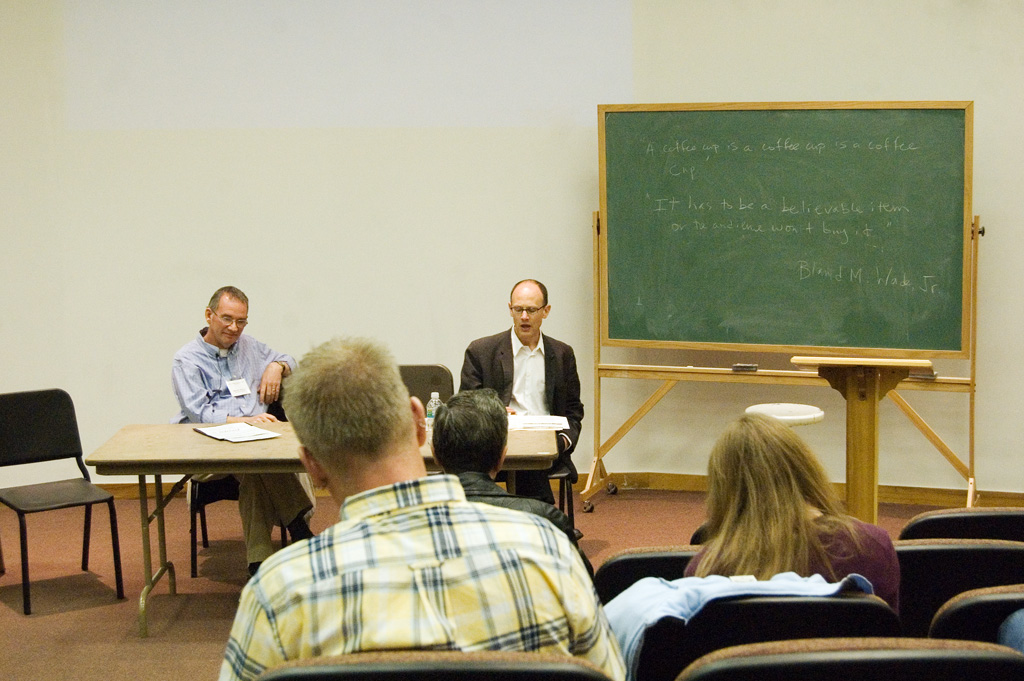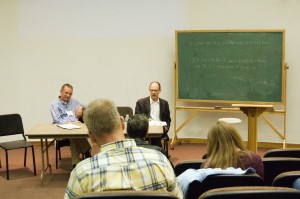If you’ve ever wandered over to Dave Lowe’s blog, you may have noticed he’s a bit into Halloween. He has already began building props and decorations for his house this year. I got a kick out of this ghostly gravestone made of foam core and spray foam. Be sure to check his blog regularly for many more projects leading up to the big day.
Lewis Baumstark, Jr. made a fake crowbar out of a piece of PVC pipe and wrote an Instructable showing how he did it. It looks so devilishly simple and quick, especially if you don’t have the time or money to mold and cast one.
Chris Schwartz has scanned some drawings of English furniture styles throughout history and posted them on his blog. It’s a great aid for recognizing the style of pieces you find in the antique store, or for choosing furniture based on the period of the play you are doing. It’s also fun just to see how furniture has evolved in the last 800 years or so; a chest of drawers used to literally be just a chest.
Finally, Make Magazine has shared this wonderful short video of Dan Madsen painting signs by hand.


